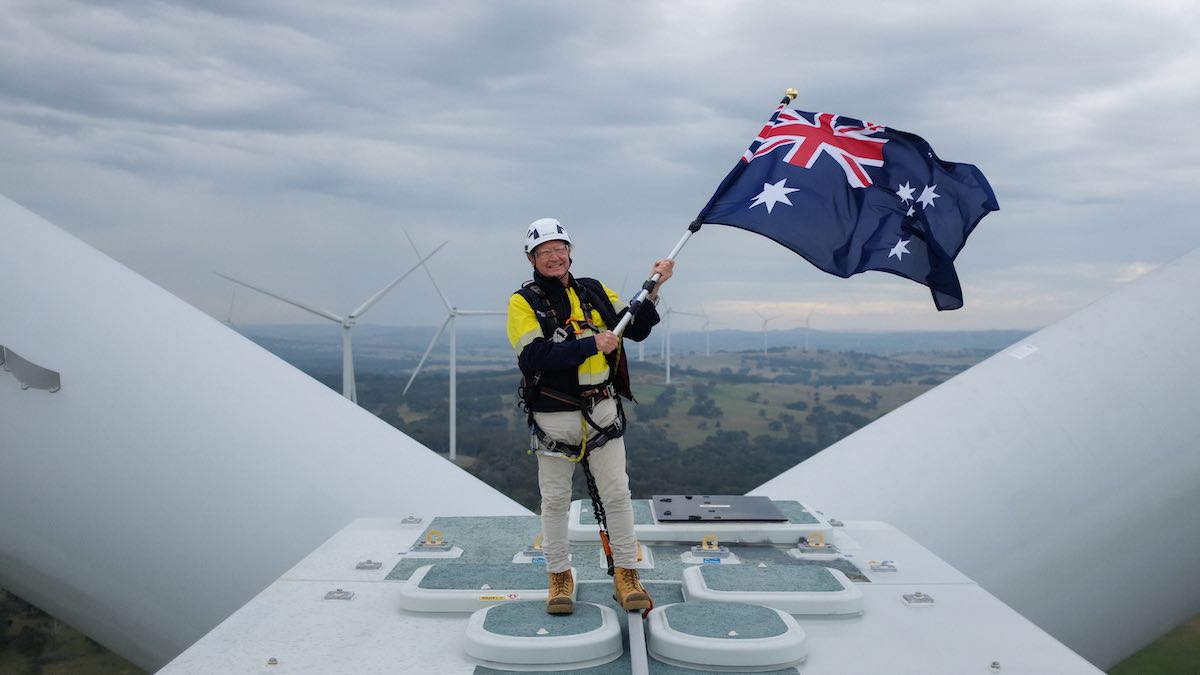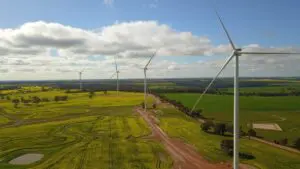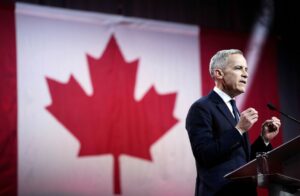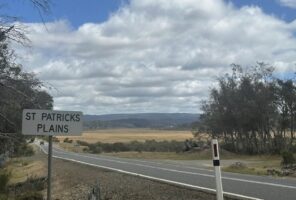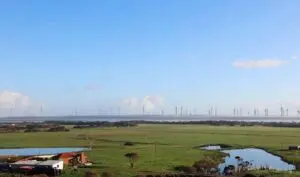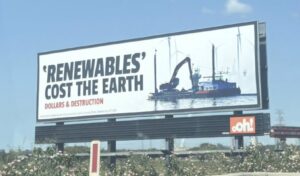Squadron Energy, the renewables developer owned by iron ore billionaire Andrew Forrest, says the Australian Energy Market Operator’s plan for the national grid reinforces the need to roll out new solar and wind generation capacity “at speed” – and the huge risks if we don’t.
“To not continue this journey would waste billions in investment, place our energy security at risk and deny a huge opportunity to share economic development across many regional communities of Australia,” said Squadron CEO Rob Wheals in a statement on Wednesday.
“Renewable energy generation already contributes on average 40% of our energy mix and at times we have renewables contributing a peak 72% of our energy needs.
“Why would we suddenly stop when we are already half way into shifting our energy system onto least cost renewables to meet our future needs?”
Through Squadron, Forrest is promising to deliver a 14GW development pipeline of renewable and storage projects – or one third of the renewable energy required for Australia to meet its 2030 82% renewables target, as the iron-ore magnate likes to describe it.
Last month it unveiled plans for a 2 gigawatt (GW) wind and solar energy park backed by a massive one gigawatt, 12-hour battery, proposed for construction near Euston in the New South Wales south west renewable energy zone.
“With mounting closures and increasing outages of ageing coal-fired power plants, now is the time to stay the course,” Wheals said on Wednesday.
“AEMO’s ISP reinforces the need to roll out renewable energy generation at speed to replace closing coal generation.”
AEMO’s 2024 Integrated System Plan (ISP) confirms that the last coal generator will be out of the grid by 2038, and the remaining “baseload” or “combined cycle” gas generators will also soon disappear.
The market operator says these will be replaced by flexible and dispatchable generators, mostly batteries and some pumped hydro, but also so called gas “peaking plants” that will be rarely used, and which may soon be converted to hydrogen or renewable fuels.
The industry says that this is basically the end of “baseload” as a concept for the grid, to be replaced by a mix of bulk renewables and dispatchable generation that will fill the gaps. It confirms, they say, that nuclear – which must run as an “always on” asset – has no place in the future grid.
“The [ISP] report wipes out any business case for baseload power in our grid’s long-term future and provides more evidence we don’t need to waste time, money or hot air on nuclear,” says the Australian Conservation Foundation’s energy campaigner, Ella Factor.
“Nuclear is baseload power, so cannot compete on cost with the cheap energy one-in-three Australian households are already getting from the sun.
“AEMO finds the rollout of home batteries, if it’s well coordinated, could save energy consumers around $4.1 billion in avoided costs for additional investment in the grid.”
“We have no time to waste,” adds Greg Bourne from the Climate Council.
“AEMO’s roadmap shows our clean energy grid is being built in front of our eyes. Renewables backed by storage will power our homes and industry 24/7 and we are already nearly halfway there.
“We should be emboldened by the progress we’ve already made, and build on this momentum so millions more Australians benefit.
“Australia’s coal generators will close in less than 15 years, so let’s get serious about proven technologies and get on with the job of building out a cleaner, more reliable energy grid.”
Johanna Bowyer, lead analyst for Australian electricity at Institute for Energy Economics and Financial Analysis (IEEFA), says the ISP is centered around renewables because they are cheapest.
“AEMO’s plan shows that it is key to accelerate the build-out of renewables, storage and transmission to enable emissions reductions at lowest cost,” Bowyer said on Thursday.
“AEMO’s ISP calls for ongoing investment in renewables in the NEM. There is clearly interest from developers, with the first auction of the Capacity Investment Scheme receiving 40GW of project registrations.”

